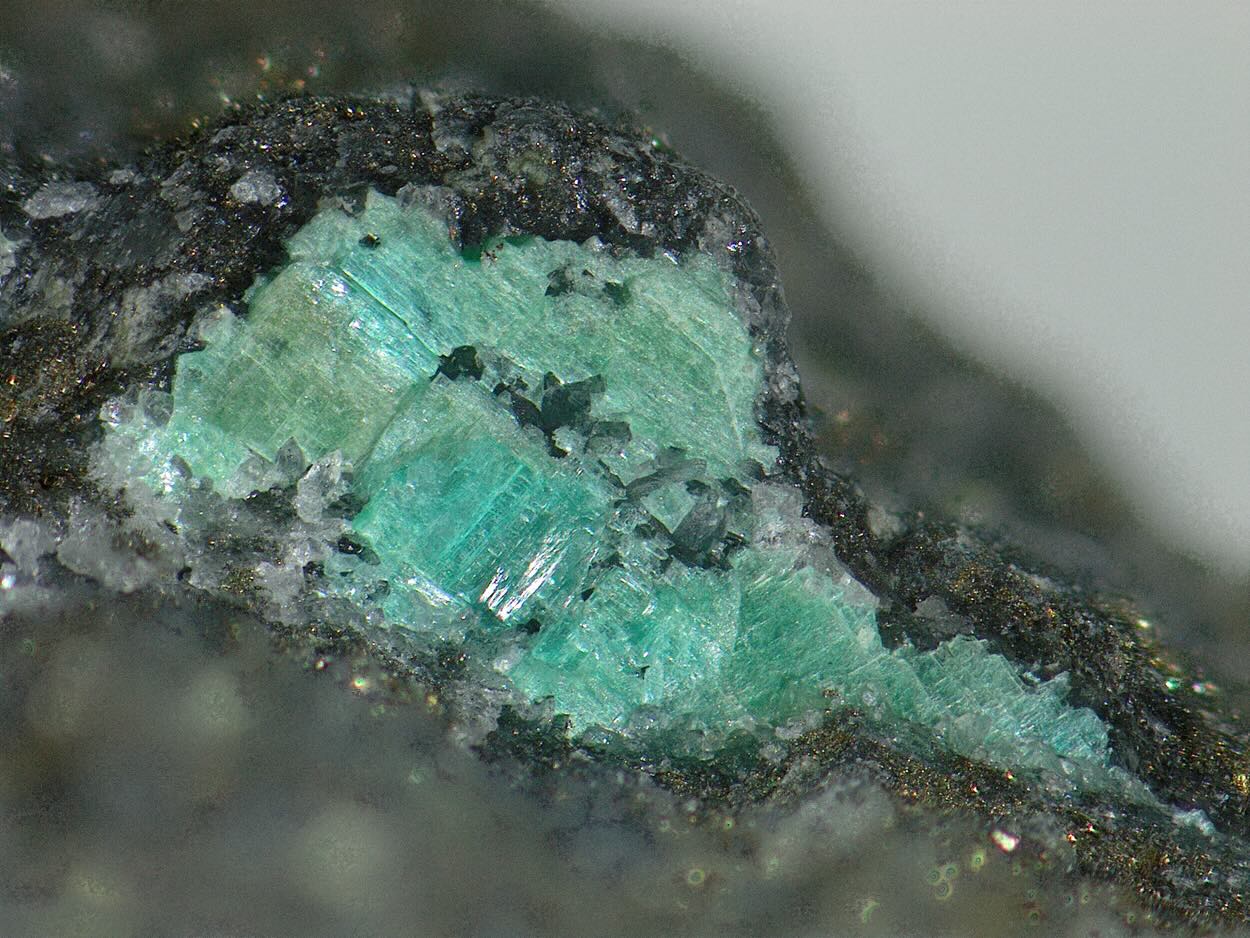
Sincosite is a rare mineral that often intrigues geologists and mineral enthusiasts alike. But what exactly makes this mineral so special? Sincosite is a vanadium phosphate mineral, typically found in oxidized zones of vanadium-bearing deposits. Its unique greenish-yellow color and crystal structure set it apart from other minerals. This mineral was first discovered in 1922 in Sincos, Peru, which is how it got its name. Sincosite is not just a pretty face; it has practical applications in various industries, including agriculture and chemistry. Ready to dive into the world of sincosite? Here are 30 fascinating facts that will deepen your understanding of this captivating mineral.
Key Takeaways:
- Sincosite is a rare and fascinating mineral with a unique green or blue-green color. It's used in geological research and is a valuable find for mineral collectors due to its rarity and beautiful appearance.
- Despite its challenges in study, Sincosite's small size and softness make it delicate, but its fluorescence under UV light and association with other rare minerals make it an exciting subject for researchers and collectors alike.
What is Sincosite?
Sincosite is a rare mineral that captures the interest of geologists and mineral enthusiasts alike. Its unique properties and formation make it a fascinating subject of study. Here are some intriguing facts about this mineral.
-
Sincosite is a phosphate mineral, specifically a hydrated calcium vanadyl phosphate.
-
It was first discovered in 1922 in the United States.
-
The mineral is named after the Sincos mine in Peru, where it was initially identified.
-
Sincosite typically forms in oxidized zones of vanadium-bearing deposits.
-
Its chemical formula is Ca(VO)2(PO4)2·5H2O.
Physical Properties of Sincosite
Understanding the physical characteristics of Sincosite can help in identifying and studying this mineral. Here are some key physical properties.
-
Sincosite crystals are usually small, often less than 1 mm in size.
-
The mineral exhibits a monoclinic crystal system.
-
It has a vitreous to pearly luster, making it visually appealing.
-
Sincosite is typically green or blue-green in color.
-
The mineral has a Mohs hardness of 2.5 to 3, making it relatively soft.
Occurrence and Locations
Sincosite is not found everywhere. Its occurrence is limited to specific geological settings. Here are some notable locations where Sincosite can be found.
-
Besides the Sincos mine in Peru, Sincosite has been found in the United States, particularly in Colorado.
-
It also occurs in the Ross Hannibal Mine in South Dakota.
-
Sincosite has been identified in the Czech Republic.
-
The mineral is often associated with other vanadium minerals like vanadinite and descloizite.
-
It forms in the oxidized zones of vanadium-bearing hydrothermal deposits.
Uses and Applications
While Sincosite is not widely used in commercial applications, it has some specific uses. Here are a few ways this mineral is utilized.
-
Sincosite is primarily of interest to mineral collectors due to its rarity and unique appearance.
-
It is used in geological research to understand the formation of vanadium deposits.
-
The mineral can be used as an indicator of vanadium-rich environments.
-
Sincosite specimens are often displayed in museums and educational institutions.
-
It helps in studying the oxidation processes in vanadium deposits.
Interesting Facts About Sincosite
Beyond its basic properties and uses, Sincosite has some fascinating aspects that make it even more interesting. Here are some additional facts.
-
Sincosite is often found in the form of tiny, well-formed crystals.
-
The mineral can fluoresce under ultraviolet light, showing a bright green color.
-
It is often found in association with other rare minerals, making it a valuable find for collectors.
-
Sincosite's green color is due to the presence of vanadium in its structure.
-
The mineral's name is sometimes misspelled as "Sincosite" instead of "Sincosite."
Challenges in Studying Sincosite
Studying Sincosite presents some unique challenges due to its rarity and specific properties. Here are some of the difficulties researchers face.
-
The small size of Sincosite crystals makes them difficult to study under a microscope.
-
Its softness means that Sincosite specimens can be easily damaged during handling.
-
The mineral's rarity means that there are limited samples available for research.
-
Sincosite's association with other minerals can complicate its extraction and study.
-
The mineral's sensitivity to environmental conditions can affect its stability and preservation.
The Final Word on Sincosite
Sincosite, a rare mineral, holds a unique place in the world of geology. Its vibrant green color and phosphate composition make it a standout. Found primarily in the USA and Germany, sincosite forms in oxidized zones of vanadium-rich deposits. This mineral's rarity makes it a prized specimen for collectors and researchers alike.
Understanding sincosite's properties and origins helps us appreciate the Earth's geological diversity. Whether you're a seasoned geologist or just curious about minerals, sincosite offers a glimpse into the fascinating processes that shape our planet.
Next time you come across a mineral collection, keep an eye out for this green gem. Its story is a testament to the intricate and beautiful world beneath our feet. So, dive into the world of minerals and let sincosite spark your curiosity.
Frequently Asked Questions
Was this page helpful?
Our commitment to delivering trustworthy and engaging content is at the heart of what we do. Each fact on our site is contributed by real users like you, bringing a wealth of diverse insights and information. To ensure the highest standards of accuracy and reliability, our dedicated editors meticulously review each submission. This process guarantees that the facts we share are not only fascinating but also credible. Trust in our commitment to quality and authenticity as you explore and learn with us.
